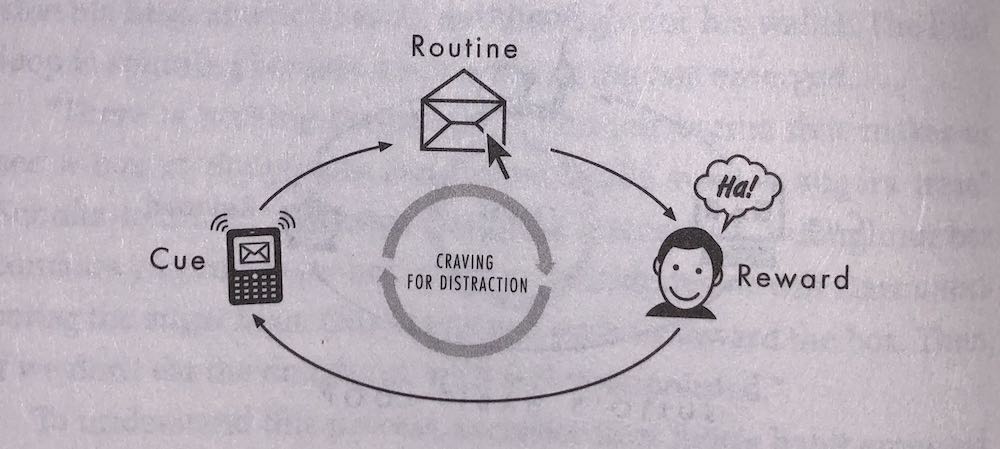Have you ever wondered why you automatically brush your teeth every morning without thinking about it? Or why you always wash your left arm first in the shower? The Power of Habit by Charles Duhigg explores how our brains form habits, good or bad, that shape our lives and productivity.
If you know me through social media, you may know that I mainly read nonfiction books. Books such as The Power of Habit (available on Amazon) are among the best self-help and educational books that I have read.
In this book, author Charles Duhigg digs into how the human brain works and how we catch habits whether they are bad or good. Our brain doesn’t know how to differentiate a bad habit from a good one.
First, what is a habit? A habit is simply a routine of certain behavior that occurs almost subconsciously (eg: without giving it much thought). Habits are very powerful in what we do during our lives.
Do you tell yourself to brush your teeth every morning or do you do that without even thinking? Same for showers, do you wash your left arm or right arm first? Do you think about it before doing it?
Habits are very important in one's life, not only do they determine what we do but also how much energy we put to do them. When you think about it, the less energy we put into doing something, the more we do, the more productive we become.
What did I learn? Well, it might seem obvious at first, but habits obey what is referred to as “the habit loop”. Which is a neurological loop containing a specific routine that leads to habits.
There are three components to this loop:
A cue: The cue is the event that triggers the urge to perform an action. A Routine: The routine is the action itself A reward: Certainly the key point in the habit loop, the reward is the pleasure that we feel when we perform the previous step. It is usually a release of dopamine and sometimes along with testosterone, adrenaline, and oxytocin.

Knowing how habits work allowed me to use this knowledge to become a better version of myself. I, like every other human, have bad habits that I would like to get rid of. Understanding how my brain processes what I do on the daily basis allowed me to be more thoughtful of some actions and decided to set some limits and catch new ones.
As stated before, habits are neurological processes, that occur in the brain. When a habit is formed, it cannot be removed. It can be replaced by another habit that obeys the same loop, providing the same reward, but the routine shall be different.
Why should you read it?
Well, besides the fact the book is very well written, it provides deep, yet easy-to-understand insights on how the human brain works and how important habits are in our society with real-life examples ranging from corporate America, to how Rosa Parks ignited the Civil Right Movement, also mentioning how hardcore alcoholics were able to achieve sobriety for the rest of their lives.
In every chapter of the book, a new aspect of habits is taught. For example, one example that struck me was the story of Paul O'Neil, when he was CEO of Alcoa. When Paul O'Neil was appointed CEO of Alcoa, during his introduction to shareholders, he presented his plan and agenda for what was ---at the time--- the largest aluminum producer in the world.
His objectives were clear: safety before everything. In a room full of investors who sought more and more profits, this was not good, at all! Many complained, and many portfolio managers called their clients to direct them to sell their stake from the company right away! Little did they know what O'Neil was planning for the company.
And indeed, the man knew what he was doing. By changing a few habits in the manufacturing chain, they improved their safety factors (accidents, workers turnovers, etc). A few years later the company's stock was skyrocketing, an all-time high on the stock market, needless to say, shareholders were quite happy.
The book goes along with such simple examples.
Have you read this book already? What are your thoughts?
Shoot me a word on Twitter @boulama_k, or find me on Instagram @boulama, where I regularly share my readings.
Cheers.